Nobody actually knows, with absolute, airtight certainty, what makes a remake ‘good.’ You don’t. I certainly don’t. And the people making them don’t, either. To a point, this may be for the best, since the lack of a fixed rubric leaves room for surprises. We all remember where we were when we realized what Final Fantasy 7 Remake was actually doing, and its foundational stance – that canon, as we understand it, is not sacred or immutable – is still probably the most radical to ever emerge from a remake of that scale and pedigree. Still, it’s hard to shake the feeling that modern remakes are predicated on the assumption that the history of game design has been one of linear improvement.
Videogames, they tacitly suggest, are better now. Never mind that Final Fantasy 7’s overworld, packed end-to-end with baubles and checklists in Rebirth, once acted as a jarringly muted counterpoint to the industrial detritus of Midgar; never mind that Silent Hill 2’s ideas were conveyed through its ungainly controls and claustrophobic camera angles every bit as much as its cutscenes. In the latter case, the issue also becomes one of access – what does it mean that the only way to legally play one of the best games of all time on current hardware is via a remake that, regardless of quality, supplants the visual and mechanical direction of the source material with its own? Doesn’t matter. This is modern design, and modern design is better. (Maybe, in a decade or two, when our definition of modern design has shifted enough, we can remake Silent Hill 2 again.)
Hiding between the cracks of these glitzy 2024 releases is a little game called Shadow of the Ninja – Reborn, a superlative roguelike which, gracefully and without pomposity, asserts otherwise. This is the latest in a string of remakes by Tengo Project, a small division of Natsume Atari dedicated to reviving games in the company’s back catalog.
The studio’s first two remake projects, Wild Guns Reloaded and The Ninja Saviors: Return of the Warriors – based respectively on Wild Guns from 1994 and The Ninja Warriors, also 1994 – laid the groundwork, updating the originals with more detailed visuals and smatterings of new material while keeping the skeletons broadly identical. These were followed by Pocky & Rocky Reshrined, which, with its conspicuous and surprising changes to the stage layouts of 1992’s Pocky and Rocky, signaled a shift in philosophy.

Shadow of the Ninja – Reborn takes a similar approach, with the added wrinkle that its source material, 1990 NES action-platformer Shadow of the Ninja, is thus far the only 8-bit game Tengo has remade, meaning the studio’s signature 16-bit style isn’t an act of translation so much as a complete reinterpretation.
Do me (and yourself) a favor: Shadow of the Ninja – Reborn is available on Steam for $19.99 / £17.99. Steam has a refund window of two hours. Purchase the game, load into the first level, and jump once. It won’t feel right. It will feel rigid and leaden. You now have an hour and fifty-nine minutes to decide if you want to find out why. (Also, read the digital manual in the options menu. It’s that kind of game.)
It’s jolting to realize just how forgiving most modern videogames are. And I mean forgiving in the most literal, tactile sense: dead air during which one can freely press buttons that they don’t actually need to press. It’s exactly this sort of recklessness that Reborn seeks to punish (though never too harshly).
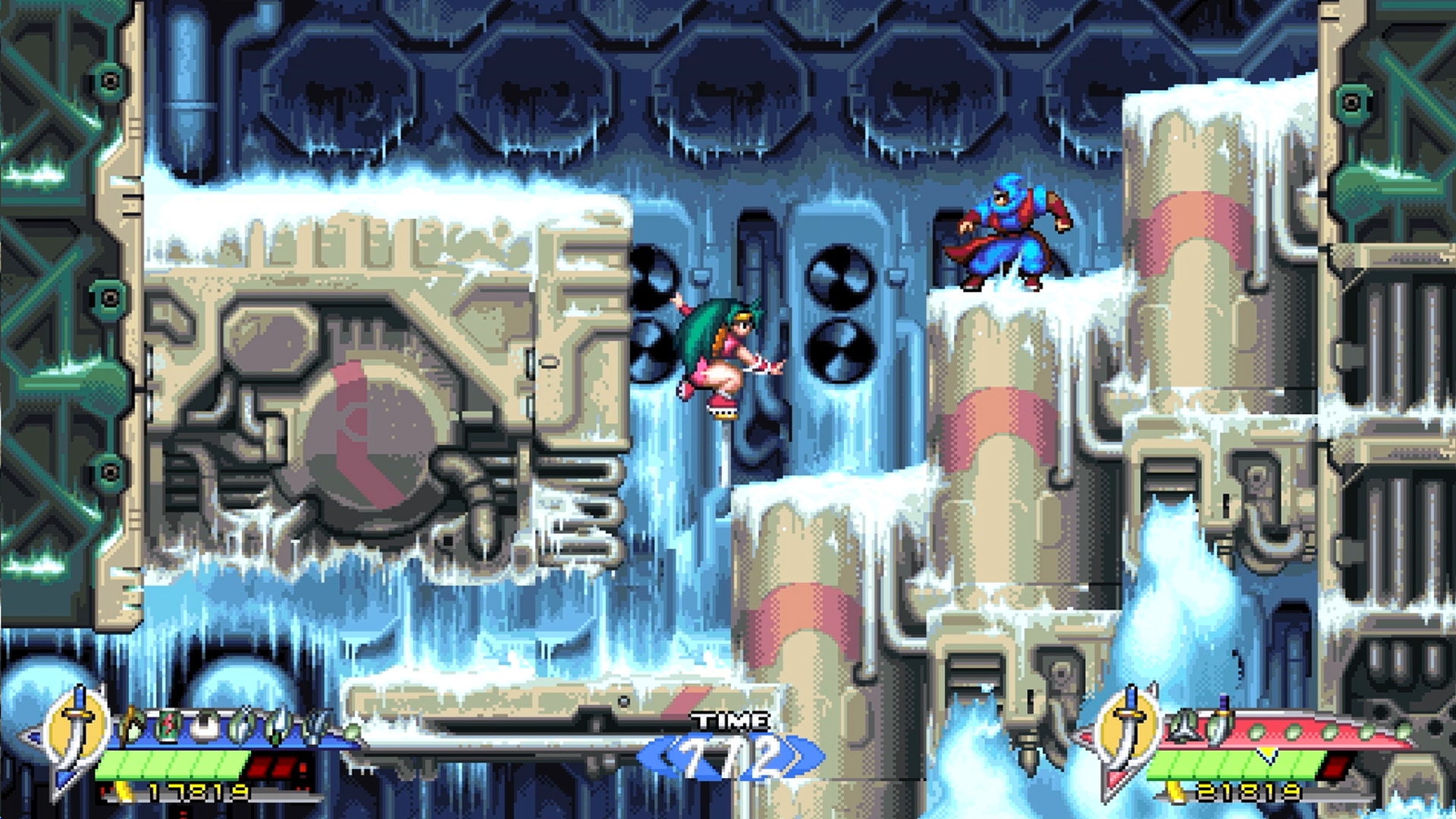
Every pressed button is a promise. Every screen is a scrupulous, overwhelmingly dense arrangement of obstacles. Navigating them demands both deliberate planning and nimble reflexes. This is primeval arcade action design at its very best – chunky, sticky, committal, and implicitly demanding patience and practice.
All of this could be said of the original, too, but every change in Reborn is implemented not with intent to smooth over but to refine, to tune the game’s existing mechanical core within a hair’s breadth of its life. Both playable characters now have simultaneous access to a whip and a katana, the latter of which can be swapped out for temporary, equippable bonus weapons scattered throughout stages. There are still high scores, but your score value also doubles as currency, with which you can buy weapons for your loadout before starting a fresh run – it’s score attack gameplay with a decidedly modern roguelike bent.
Movement options have expanded considerably. Ledge hanging, maybe the original’s most singular gameplay innovation, returns, along with new additions like sidestepping, wall running, air hovering, and a downward stab. All of these lock the characters into weighty, uncancellable animations, and failure to respect those animations results in a swift beatdown.
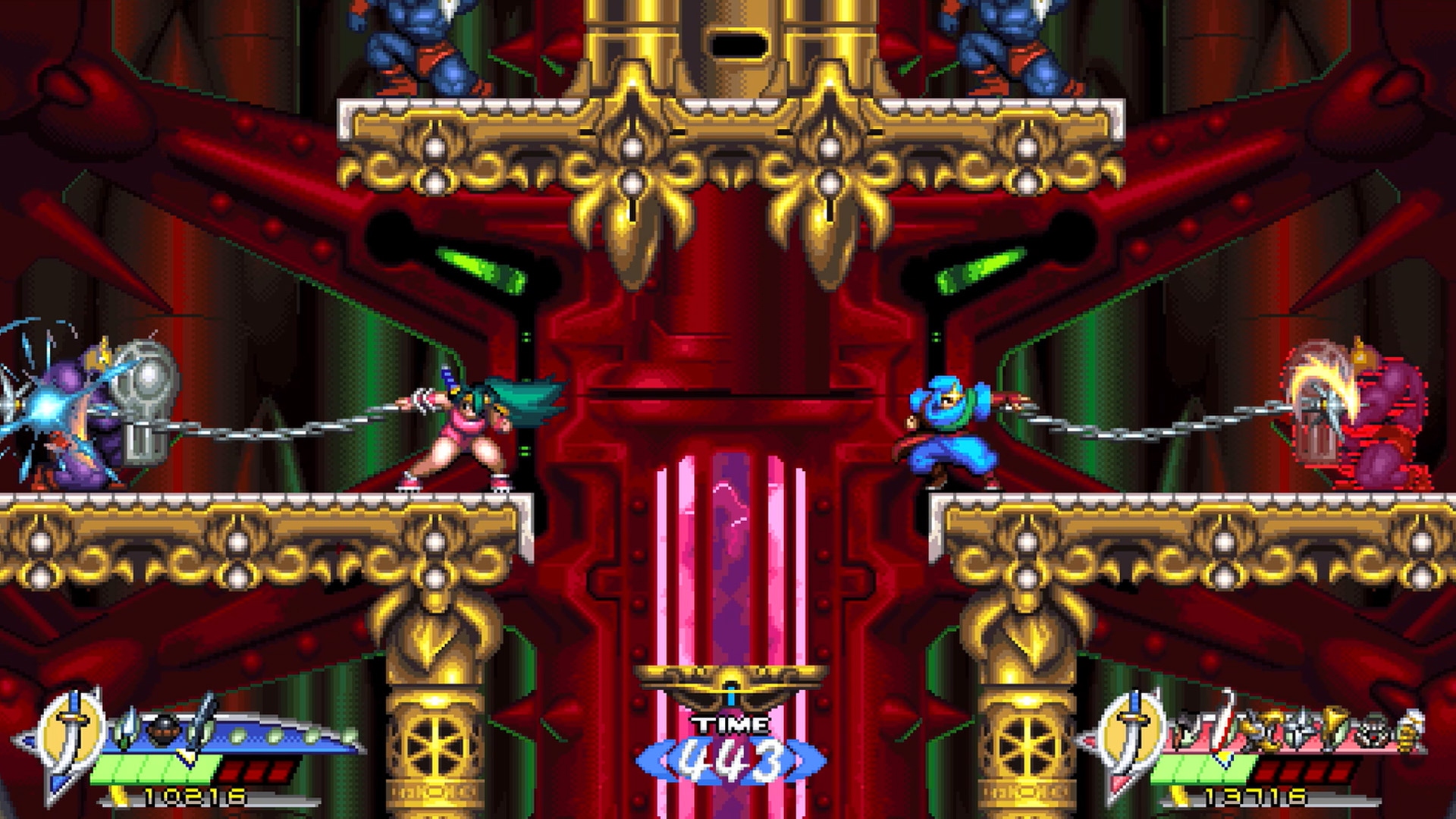
Soon, you’ll begin internalizing the arc of your jump, the damage values of your katana, the requisite spacing for multihits on the whip. You’ll understand that Reborn is not stiff – it’s taut. It’s surgically precise. It’s a safety razor. Approach it carelessly and you’ll wind up a bloody mess; pay close attention and you’ll get the cleanest shave of your life.
The game is also an astonishing visual and sonic achievement, featuring a juiced-up soundtrack by original composer Iku Mizutani and lush, fluid sprite work by the legendary Shunichi Taniguchi. Both thread the needle with incredible confidence. Reborn is every bit as gorgeous on a 4K monitor as it would be on a CRT display, and its crunchy electronic score begs to be heard both on full blast from your desktop speakers and over the din of fellow arcade patrons. Its presentation is suggestive less of detached nostalgia than of a creative ethos that has been germinating for the better part of the medium’s lifespan.
If we accept (and please, for the sake of brevity, let’s) that videogames are art, it stands to reason that they’re made by artists, and that those artists are creating with intent. Art, even bad art, rarely happens by accident. This remains one of the more troublesome flies in the remake ointment: most remakes are not helmed by the teams responsible for the original games, meaning that any remaking is, by definition, editorializing, even if the remake in question is primarily a graphical overhaul (as with Demon’s Souls 2020, and the upcoming Metal Gear Solid Delta: Snake Eater). Given the nature of development pipelines, this sort of outsourcing is often unavoidable, but it makes those rare instances of developers revisiting their own work all the more worthy of attention.
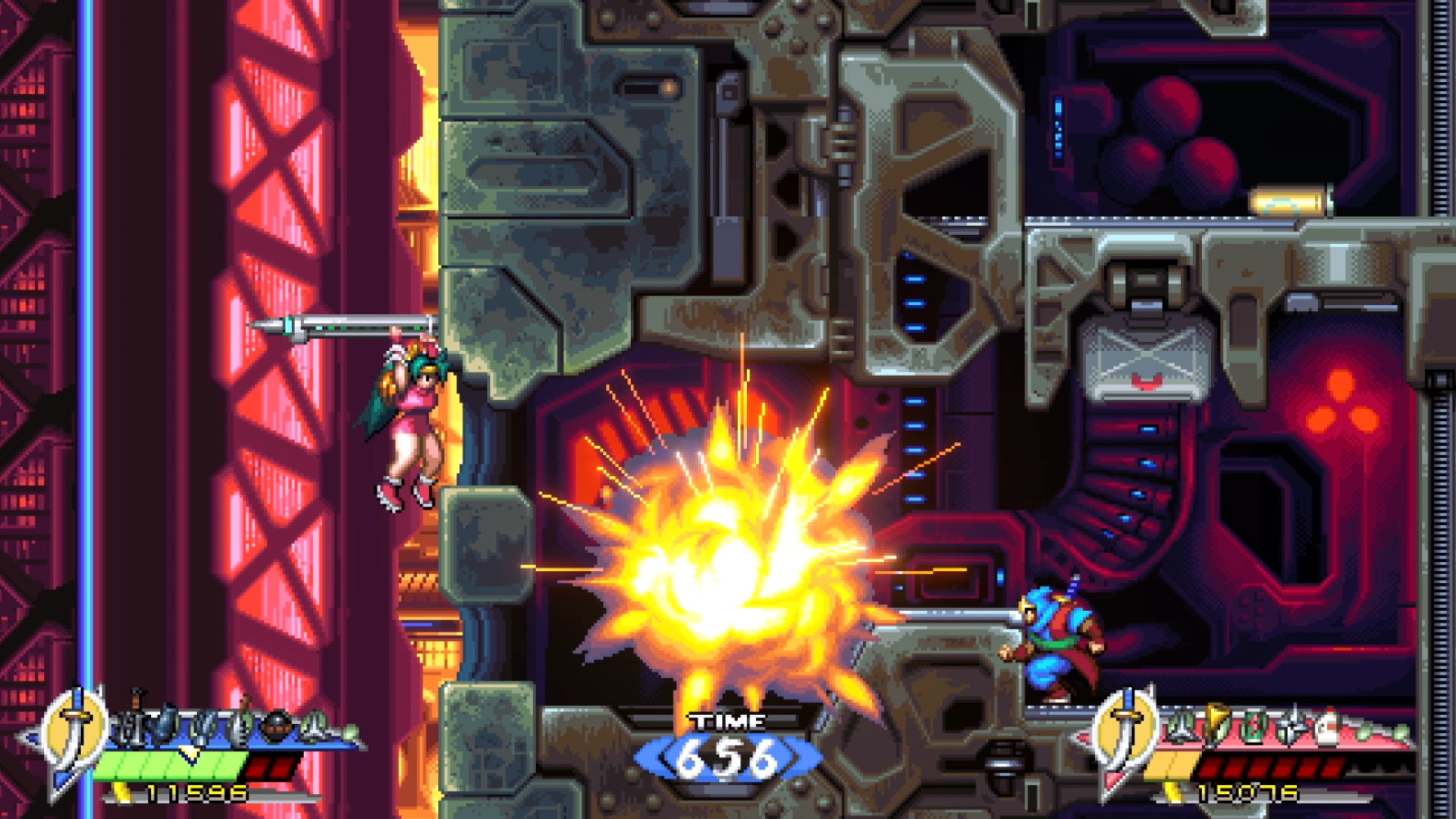
Tengo Project is one such instance, especially remarkable considering the resumés of everyone involved. The studio’s three central figures – director Toshiyasu Miyabe, musician Hiroyuki Iwatsuki, and the aforementioned Shunichi Taniguchi – have, in varying capacities, been working with Natsume Atari for over three decades, often on the same projects.
It’s as convincing an argument as there ever was for both staff retention and artistic freedom. Exceedingly few active devs possess the knowledge, skill, and drive that these three do, and their steadfast commitment to iterating and innovating on design philosophies that are all but extinct elsewhere is an invigorating reminder that the old masters are still around and, given the proper resources, more than capable of reminding us that videogames were always good.
As an artistic manifesto, as a remake, as a videogame, Shadow of the Ninja – Reborn is Tengo’s most convincing work yet. It could only have been developed by a team that already developed it once and then thought about it for thirty more years. They don’t make ‘em like they used to, except they just did. Get it while it’s hot.
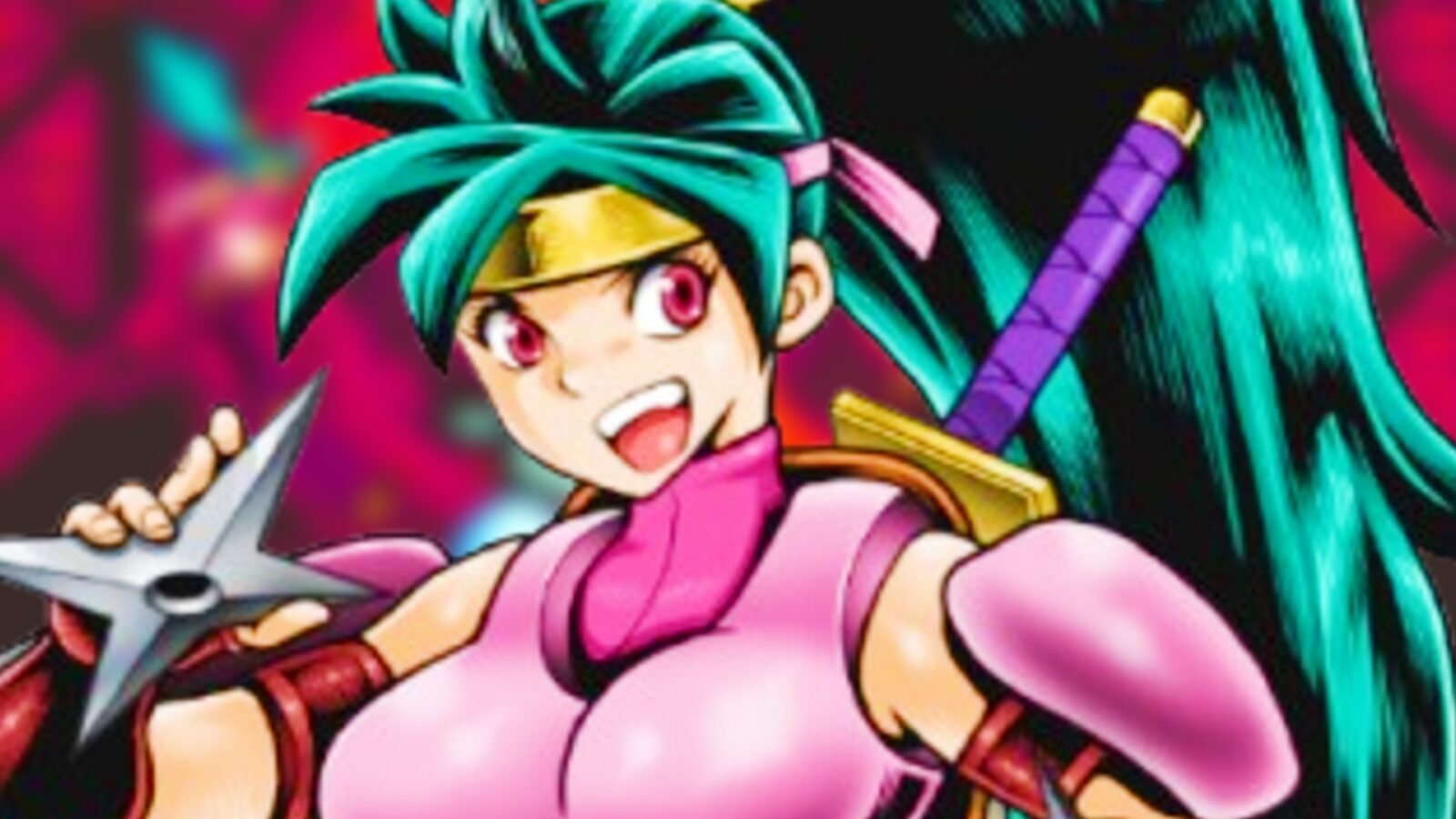

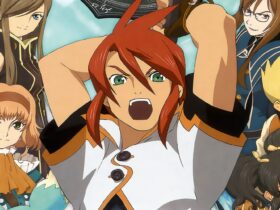
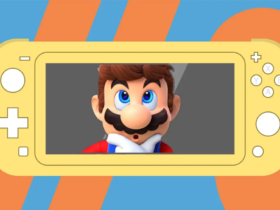

Leave a Reply